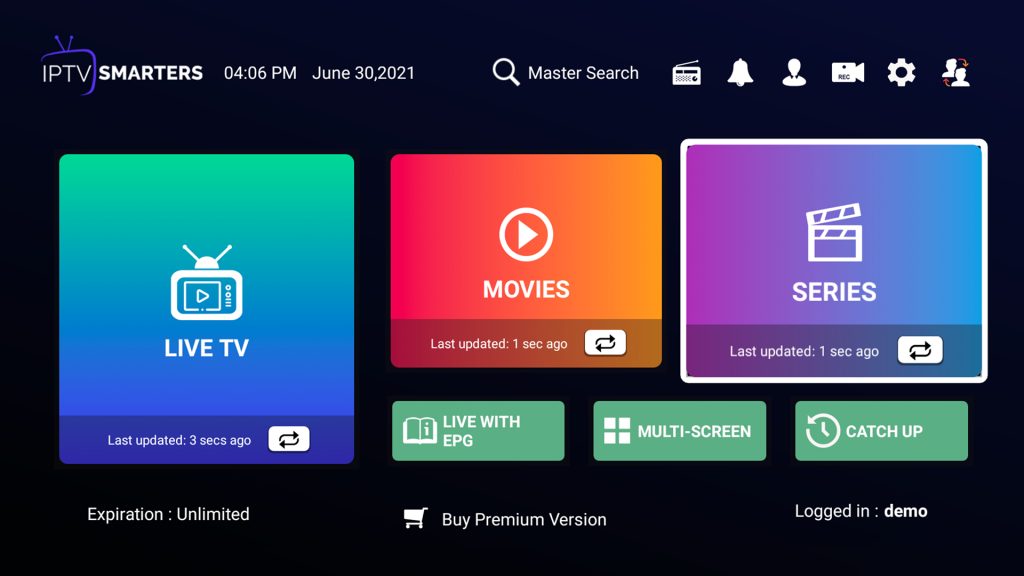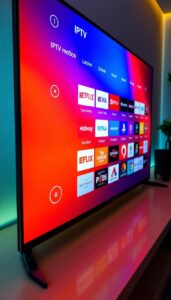IPTV Experience with Multiple Connections
IPTV is quickly becoming the preferred method of watching TV for millions of people around the world. With its wide range of channels and on-demand content, it offers a convenient and flexible way to watch your favorite shows and movies. One of the most important features of IPTV services is the ability to have multiple connections, which allows you to watch your favorite content on multiple devices simultaneously. In this article, we will share some tips and tricks for maximizing your IPTV experience with multiple connections.
- Choose the Right IPTV Provider
The first step in maximizing your IPTV experience with multiple connections is to choose the right IPTV provider. Look for a provider that offers multiple connection options as part of their subscription package. Some providers may offer single connection plans at a lower price, but if you want to watch content on multiple devices, it’s worth investing in a plan that allows for multiple connections.
- Check Your Internet Speed
Multiple connections require more bandwidth than a single connection, so it’s important to make sure that your internet speed can handle the extra load. Check with your internet service provider to make sure you have the necessary bandwidth to support multiple connections. If you’re experiencing buffering or other issues while using multiple connections, try reducing the number of devices connected or upgrading your internet plan.
- Use a Wired Connection
Using a wired connection instead of a Wi-Fi connection can help improve the quality of your IPTV experience, especially when using multiple connections. A wired connection is more stable and reliable, and less susceptible to interference from other devices. If possible, connect your device directly to your router using an ethernet cable to get the best possible connection.
- Use a VPN
A VPN (Virtual Private Network) can help improve the security of your IPTV connection and protect your personal information. It can also help improve the quality of your connection by reducing lag and buffering. When using multiple connections, a VPN can help distribute the load across multiple servers, which can help improve performance.
- Use Quality Devices
The quality of your devices can also affect the quality of your IPTV experience. If you’re using multiple connections, make sure you’re using high-quality devices that can handle the extra load. Look for devices with fast processors, ample storage, and high-quality displays to get the best possible experience.
- Use a Reliable IPTV Player
A reliable IPTV player is essential for a smooth and seamless IPTV experience. Look for a player that supports multiple connections and offers a range of features and customization options. Popular IPTV players include Kodi, Perfect Player, and IPTV Smarters.
- Monitor Your Connections
Monitoring your connections can help you identify and resolve issues before they become major problems. Keep an eye on your device and connection settings, and be aware of any changes in speed or performance. If you’re experiencing issues with a particular device, try disconnecting it and reconnecting it to see if that helps.
- Optimize Your Settings
Optimizing your device and connection settings can help improve the quality of your IPTV experience. Check your device settings to make sure they are optimized for IPTV streaming. Some devices may have special settings or modes for streaming that can help improve performance.
In Conclusion
Multiple connections are a valuable feature of IPTV services, but they require some extra attention and care to ensure a smooth and seamless experience. By choosing the right IPTV provider, checking your internet speed, using a wired connection, using a VPN, using quality devices, using a reliable IPTV player, monitoring your connections, and optimizing your settings, you can maximize your IPTV experience with multiple connections. With these tips and tricks, you can enjoy all the benefits of IPTV with multiple devices, without sacrificing quality or performance.





